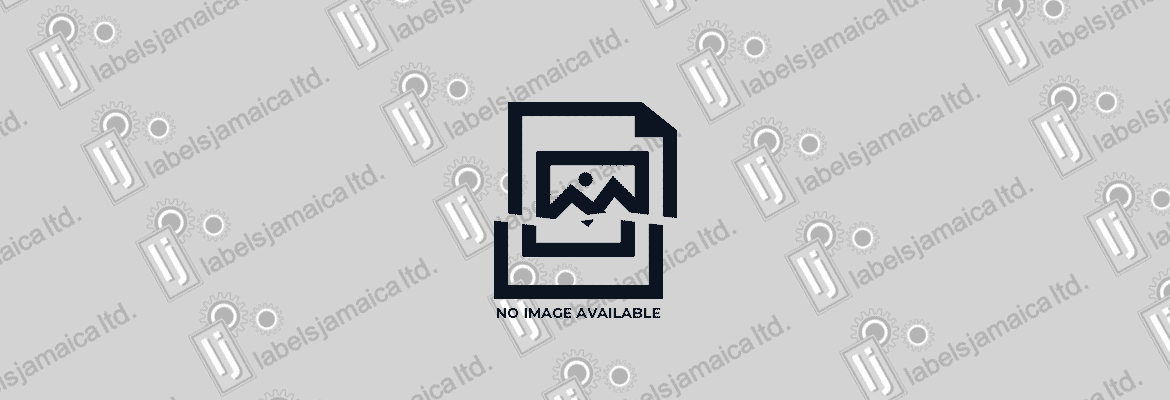BOPP stands for biaxially-oriented polypropylene. It’s a variant of polypropylene(PP). Polypropylene a thermoplastic polymer, alternately known as polypropene. BOPP parent material, PP, is the world’s second most produced synthetic plastic . Common applications for BOPP include packaging labels, food containers, medical-grade plastics and laboratory items. BOPP shares the properties of other PP plastics , including ruggedness, fatigue resistance, moisture resistance and very low toxicity. Also, while they make long-lasting labels and stickers and easily printable, most off-the-shelf adhesives have trouble attaching themselves to the material. These qualities are perfect for long-lasting, food-safe labels and other common BOPP film applications. With the appropriate inks and adhesives, BOPP labels can also be waterproof. BOPP labels immersed in ice-water or subjected to high-humidity without deteriorating. Labels made from BOPP are extremely tough. The material offers exceptional resistance to fatigue compared to other common label materials and has an unusual resistance to common solvents, bases, and acids. For food labels , BOPP film offers significant advantages. It’s non-toxic. The material’s also resistant to solvents and acids. Many food and beverage items, such as those containing tomatoes, citrus, or coffee, are quite acidic. Even when the items don’t directly touch the labels, there can be some off-gassing or limited contact during the manufacturing process that can stain or cause deterioration in other label materials. Using BOPP film for your labels can help mitigate this issue. These same properties make BOPP well-suited for bottle labels , jar labels , and canning labels . ( https://www.uprinting.com/blog/bopp/ ) The adhesive is permanent. The paper is extremely durable. It is sun (fade), water and oil resistant. It is also waterproof, tearproof, freezer safe and microwave safe.


